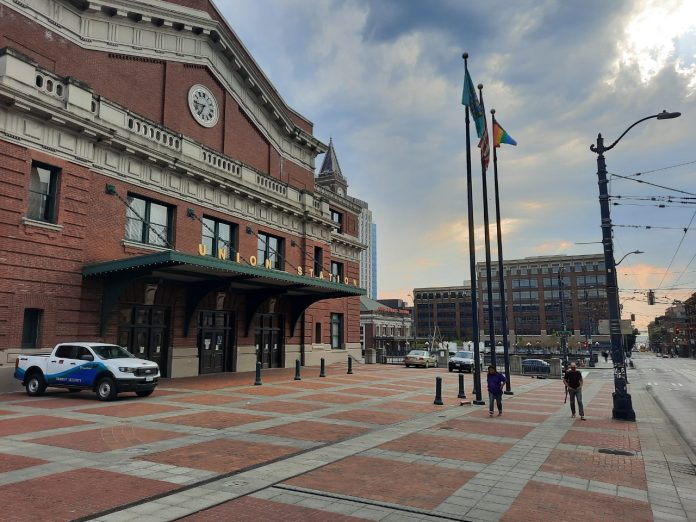
How to watch and comment at today’s system expansion discussion.
After a lot of discussion and plenty of competing visions, it is time to hear what the Sound Transit Board of Directors is going to do about extending light rail to Ballard and West Seattle. Late arriving proposals, public backlash, and political vanity projects are all in the mix in today’s 1:30pm to 5pm meeting.
You can view the meeting virtually through the agency’s WebEx video stream by clicking here. Anyone near King Street Station can attend in person, and doors open at 1pm. Otherwise, you can sign up to make a remote public comment here and those will be accepted until five minutes before the meeting begins. Written public comments will continue to be accepted at meetingcomments@soundtransit.org.
The Urbanist Editorial Board first and strongly supports our neighbors in the Chinatown International District who have been impacted by generations of destruction, discrimination, and traffic violence in the name of the region’s easy commute. While we like an alignment on 4th Avenue that connects the light rail routes to a Union Station transit hub, there are massive open questions about how Sound Transit arrived at many of the route and station proposals, most of all the late arriving North- and South-of-CID alternatives.
To that end, we call on the Sound Transit board to produce, in concise readable language, how alternatives will impact riders. What will it be like to make transfers from South Seattle to reach places that are currently direct trips? How will disturbance from tunneling vibration and construction traffic impact downtown neighborhoods? How do any of these proposals fulfill the promise and vision of voter-approved ST3? Until those are answered, Sound Transit is not ready to make its big decision, much less at today’s meeting.
Ray Dubicki is a stay-at-home dad and parent-on-call for taking care of general school and neighborhood tasks around Ballard. This lets him see how urbanism works (or doesn’t) during the hours most people are locked in their office. He is an attorney and urbanist by training, with soup-to-nuts planning experience from code enforcement to university development to writing zoning ordinances. He enjoys using PowerPoint, but only because it’s no longer a weekly obligation.


